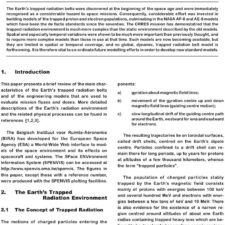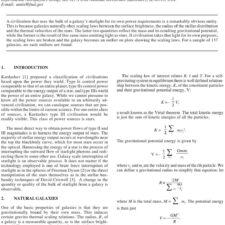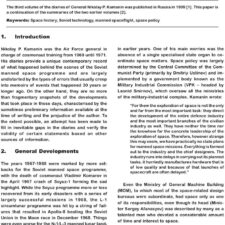From Here to ET
£5.00
J. D. Mathews (2011), JBIS, 64, 234-241
Refcode: 2011.64.234
Abstract:
SETI (Search for ExtraTerrestrial Intelligence) has thus far proven negative. The assumptions that have driven these searches are re-examined to determine if a new paradigm for future searches can be identified. To this end, the apparent path of evolving human exploration of the solar system and the local galaxy is used to assess where it might lead in the relative near future while noting that we are not overtly intending to contact ET (ExtraTerrestrials). The basic premise is that human space exploration must be highly efficient, cost effective, and autonomous as placing humans beyond low Earth orbit is fraught with political, economic, and technical difficulties. With this basis, it is concluded that only by developing and deploying self-replicating robotic spacecraft–and the incumbent communication systems–can the human race efficiently explore even the asteroid belt let alone the vast reaches of the Kuiper Belt, Oort Cloud, and beyond. It is assumed that ET would have followed a similar path. The technical practicality of and our progress towards this autonomous, self-replicating exobot–Explorer roBot or EB–is further examined with the conclusion that the narrow-beam, laser-based communication network that would likely be employed, would be difficult to detect from a nearby star systems thus offering an explanation of the failure of SETI to date. It is further argued, as have others, that EBs are likely a common feature of the galaxy.





